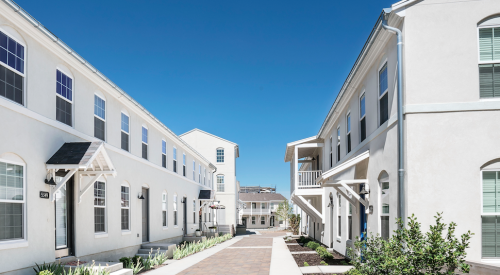Americans used to pay a premium for a home in a great, walkable location: You could easily drop off your kid at school, make it on time to work, and pick up some groceries on your way home all while getting in your daily exercise. But as home prices rise and the inventory continues its downward plunge, homebuyers increasingly sacrifice walkability for a good deal on a home. Walkable properties still sell for more than an average location—close to $78,000 more nationwide—but the average family cannot afford a single-family home in those locations. Walkability simply isn’t high up on a family’s list if they’re struggling to find a reasonably priced in the first place.
In U.S. cities, homes within walking distance of schools, shopping, parks and other urban amenities sell for an average of 23.5%, or $77,668, more than comparable properties that are car dependent.
To determine how much walkability is worth when buying or selling a house, we looked at sale prices and Walk Score® rankings for nearly 1 million homes sold last year across 16 major U.S. metropolitan areas and two Canadian cities.
Here are the 2019 price premiums for walkable homes, broken down by region:
Walkable homes are a hot commodity. About a quarter of active listings are considered walkable, or have a Walk Score ranking of 50 to 100, although only about 4% are a walker’s paradise, or have a Walk Score of 90 or above. While house hunters are willing to spend more for walkability, the premium they’ve paid for properties in this category has slipped 2.3% from 2016, when such homes in the U.S. sold for 25.8% more than car-dependent ones.













